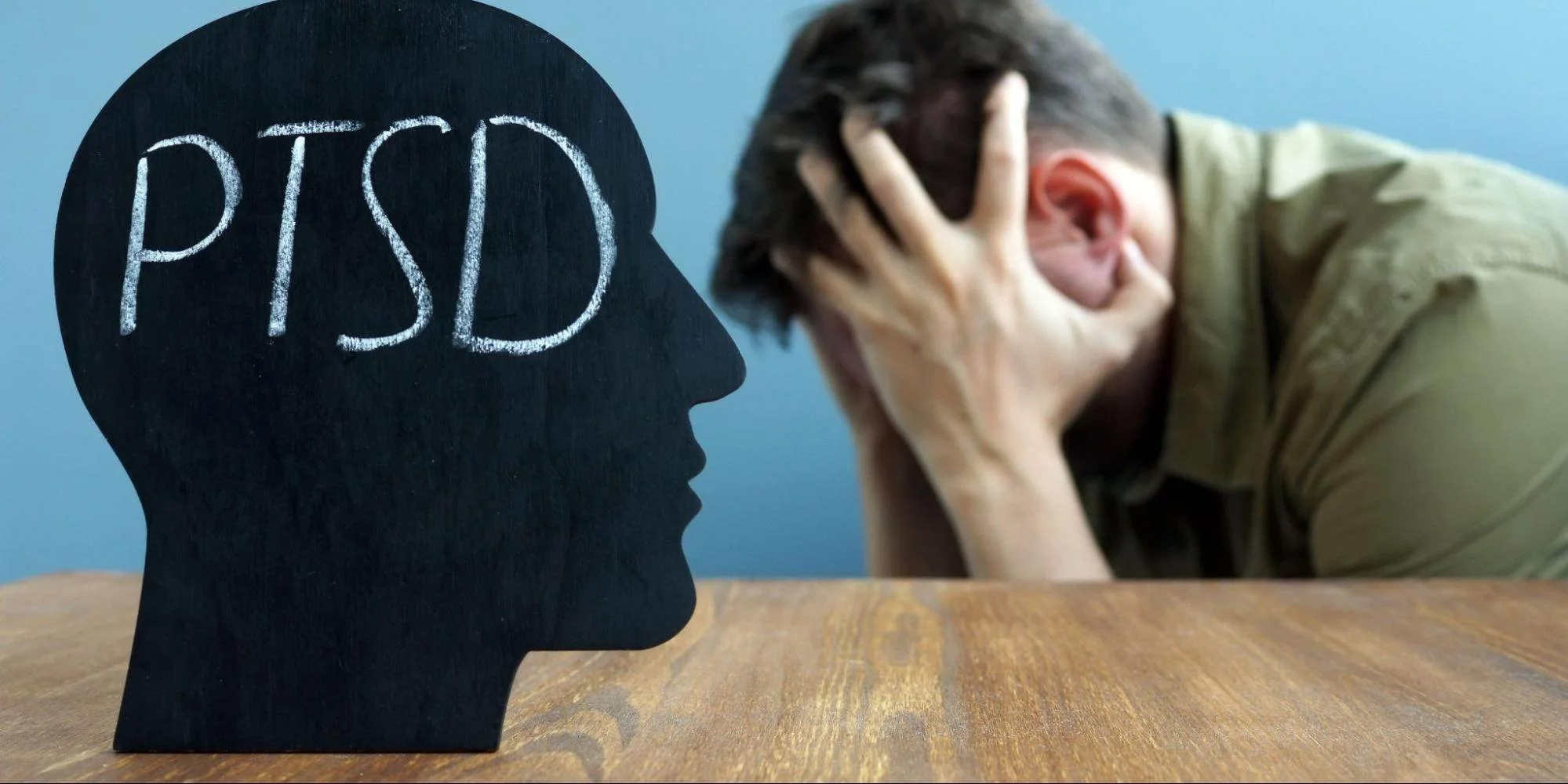What Is the Role of Therapy in Treating PTSD?
Post-traumatic stress disorder (PTSD) can feel overwhelming: intrusive memories, hypervigilance, emotional numbing, avoidance, and distressing physical or psychological reactions. For those living in and around Ottawa (or anywhere in Canada), knowing that PTSD therapy is a key component of recovery is essential.
Therapy doesn't erase what happened, but it helps you regain control, rebuild safety, and reclaim meaning in life. In this post, we'll explore the role of therapy in treating PTSD, how it works, what approaches are most evidence-based, what to expect in therapy, and how to find quality Ottawa trauma counselling or PTSD therapy support. If you or someone you care about is considering therapy, this guide should clarify the path forward.
What Is PTSD?
First, a quick refresher: PTSD is a mental health condition that may develop after a person experiences or witnesses a traumatic event (e.g., assault, accident, violence, war, disaster). The Government of Canada notes that PTSD affects how people process and respond to reminders of that trauma, sometimes causing ongoing distress and impairment. Symptoms often include:
Intrusive memories, flashbacks, nightmares
Avoidance of reminders of the trauma
Negative mood, loss of interest, emotional numbness
Heightened arousal (jumpiness, irritability, concentration problems)
PTSD can interfere profoundly with daily life, relationships, and sense of safety.
Why Therapy Matters in PTSD Treatment
Therapy is considered a frontline treatment for PTSD. While medications (e.g., selective serotonin reuptake inhibitors) may provide symptom relief, they are rarely sufficient alone. In research, most people with PTSD receive counselling or therapy; in one review, 91.5 % of individuals with PTSD reported receiving therapy at some point.
The Federal Framework on Post-Traumatic Stress Disorder (Canada) acknowledges the importance of evidence-based treatment, education, and coordination of care across federal, provincial, and community systems. Therapy plays a central role in that framework, bridging awareness, early intervention, and long-term recovery.
Therapy helps in several key ways:
Processing the Trauma — Instead of avoiding painful memories forever, safe therapeutic methods help you gradually face and integrate them.
Restoring Sense of Safety and Control — After trauma, many people feel unsafe in their bodies or environment. Therapy provides structure, containment, and support to relearn safety.
Reshaping Thoughts & Beliefs — Trauma often distorts beliefs ("I’m helpless,” "The world is unsafe,” "I’m shameful"). Therapy helps to challenge and reframe unhelpful beliefs.
Developing Coping Tools & Emotion Regulation — You can learn skills (grounding, breathing, mindfulness, distress tolerance) to manage distressing reactions rather than being overwhelmed.
Addressing Avoidance & Reengagement — Avoidance of reminders is a key barrier in PTSD. Therapy helps you gently reengage with life and meaningful activity.
Relapse Prevention & Maintenance — Trauma recovery is an ongoing journey; therapy offers ongoing support, booster sessions, and relapse prevention strategies.
Evidence-Based Therapeutic Approaches for PTSD
Here are some of the most widely researched and practiced therapies for PTSD. A good therapist will customize their approach based on your preferences, needs, and readiness:
Cognitive Behavioral Therapy (CBT) CBT is one of the most established therapies for PTSD. It helps identify patterns of thought and behaviour that are shaped by trauma and provides structured ways to reduce distress.
Neurofeedback Neurofeedback uses real-time monitoring of brain activity to encourage more balanced patterns of nervous system regulation. This can help decrease hyperarousal and improve overall stability.
Psychedelic-Assisted Therapy and Integration For those who engage in psychedelic-assisted treatment, integration sessions can support processing and meaning-making, helping the experience translate into long-term healing.
The key is that the approach is trauma-informed, flexible, and personalized to you.
What to Expect in PTSD Therapy
Entering PTSD therapy in Ottawa can feel daunting. Here's a rough roadmap of what the process might look like:
Intake & Assessment
Your therapist will gather your history, trauma experiences, symptom profile (e.g., intrusive thoughts, sleep issues), and assess readiness for trauma processing.
Establishing Safety, Stabilization & Psychoeducation
Before deep trauma work starts, many therapists help you build foundational coping skills, safety strategies, emotion regulation, and understanding of PTSD dynamics.
Trauma Processing & Integration
When you and your therapist agree it's safe, work begins to process traumatic memory at a pace you can handle. This may involve exposure, cognitive restructuring, or other trauma-focused work.
Consolidation & Relapse Prevention
Once processing stabilizes, therapy may shift to solidifying gains, preventing relapse, and fostering post-traumatic growth (finding meaning, rebuilding identity, and relationships).
Maintenance & Check-ins
Some periodic "check-up" sessions may be useful over months or years, especially if life stressors or triggers emerge.
Your therapy journey might include 8–20+ sessions (or more), depending on trauma complexity, comorbidities, and individual pace.
Challenges & Considerations in Therapy for PTSD
Therapy is powerful, but it's not without challenges. Here are considerations to keep in mind:
Therapist fit & safety — The therapeutic relationship is foundational. You need to feel heard, respected, understood, and safe. Don't hesitate to switch therapists if you don't feel a rapport.
Pacing & readiness — Some days you may feel you're not ready to process deeply. A good therapist will follow your pace, with frequent check-ins.
Emotional intensity — Working with trauma can temporarily increase distress; coping skills must stay accessible.
Access, cost, insurance — In Canada, mental health coverage varies by province, workplace benefits, and community resources.
Comorbid issues — PTSD often coexists with depression, substance use, medical conditions, or grief; therapy should integrate or coordinate care.
Cultural, identity, and contextual factors — Trauma and PTSD are experienced differently across cultures and identities; therapists should be culturally competent and sensitive to your background.
Final Thoughts
Therapy is a cornerstone in healing PTSD. It offers structured, evidence-based paths to process trauma, rebuild safety, reframe beliefs, strengthen resilience, and reconnect with life. For those in Ottawa, PTSD therapy options exist, both in person and online.
At Flowstate Therapy, we are committed to offering trauma-informed care grounded in evidence, compassion, and respect for your personal journey. If you're exploring support, reach out for a consultation to see how our PTSD therapy services can help you feel safer, more empowered, and more at home in your life again.
Recovery from PTSD begins with one step forward. Reach out to us at 613-670-6629 and take that step toward healing today.
FAQs
-
A: Duration varies. Some clients begin seeing meaningful change in 8–12 sessions; others, particularly with complex trauma, may take 20+ or ongoing therapeutic work.
-
A: Therapy may not erase the past, but many people experience significant symptom reduction, improved functioning, and regain quality of life. The goal is recovery and resilience, not erasure.
-
A: Not always. Some clients benefit from combining medication (e.g., SSRIs) and therapy. The decision should be personalized in consultation with a psychiatrist or physician.
-
A: If trauma is ongoing (e.g., abuse, unsafe environment), therapy must prioritize safety planning, stabilization, and may need to pair with legal, social, or medical interventions before deep trauma processing.


